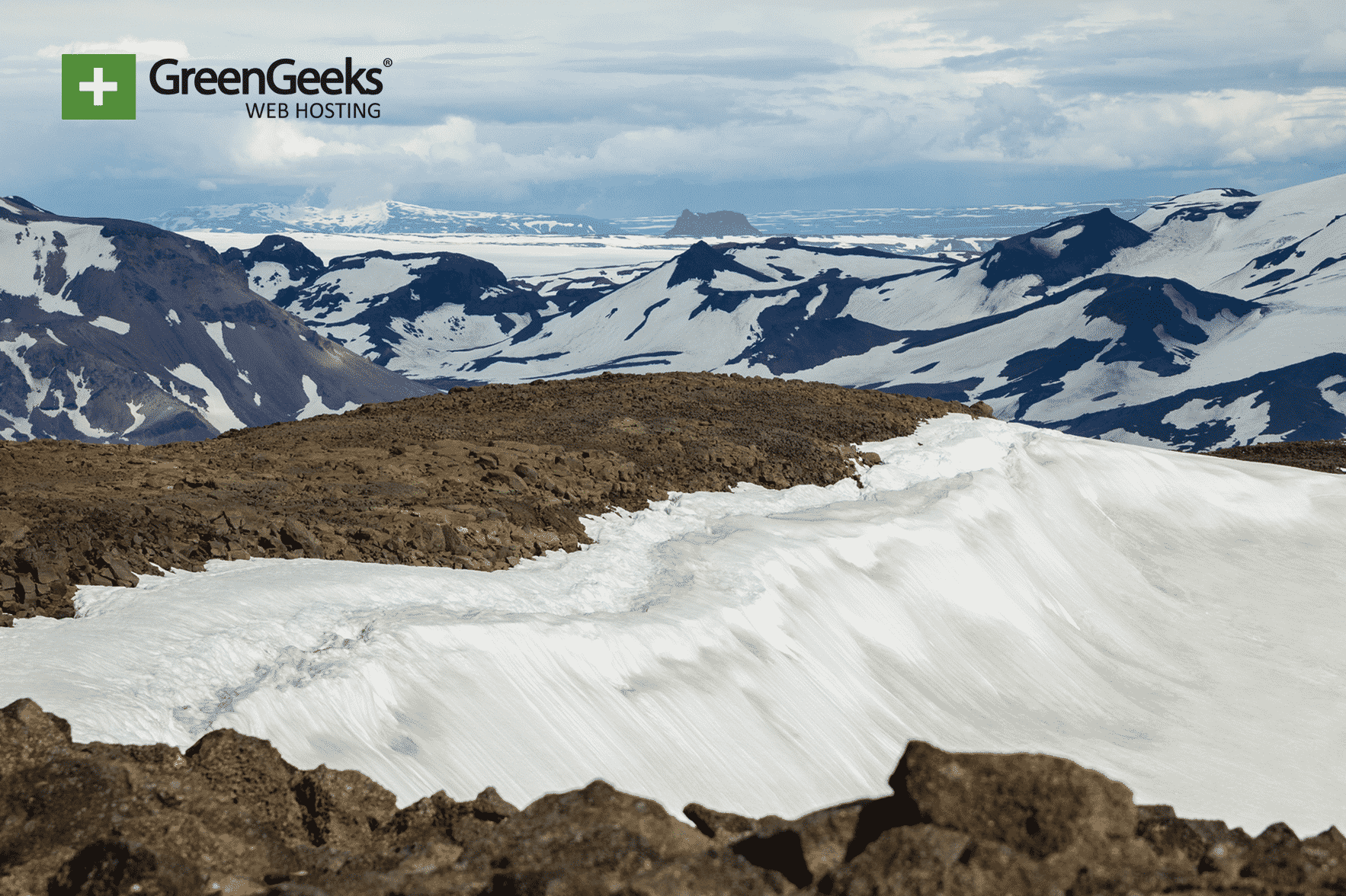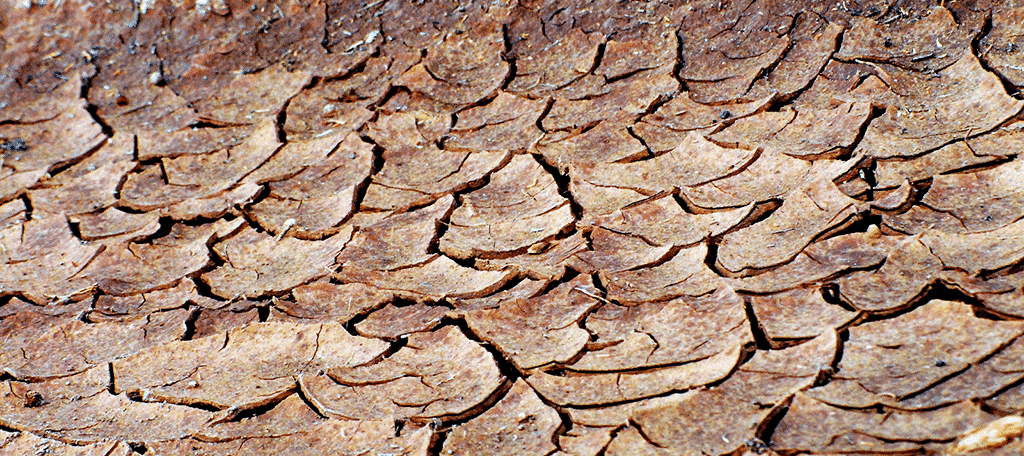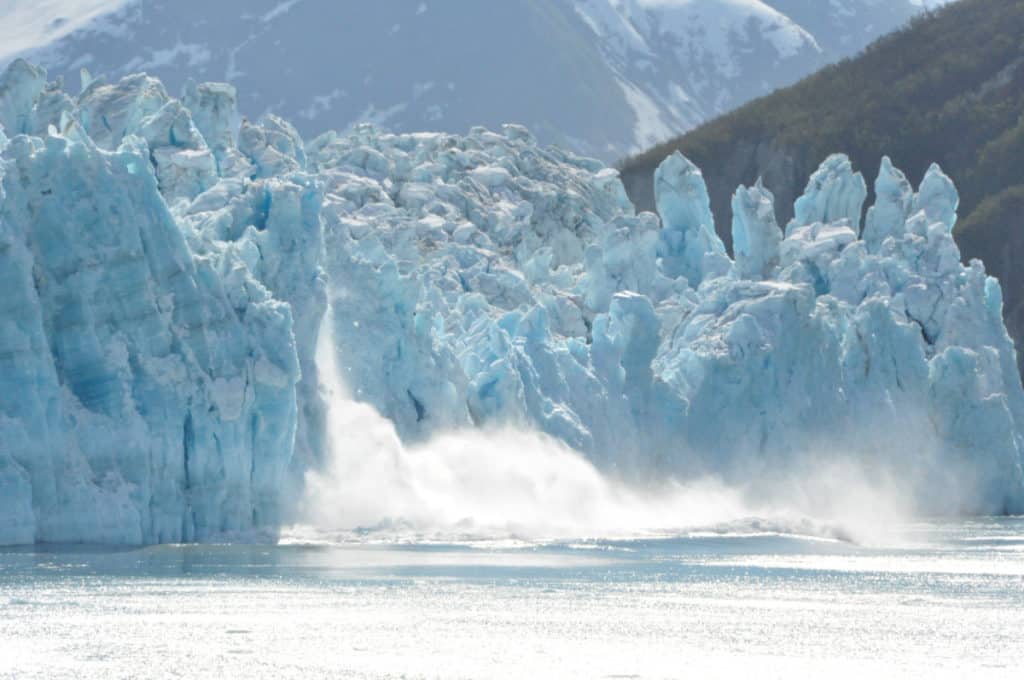
Okjökull is the first Icelandic glacier lost to climate change and scientists are saying goodbye. The negative effects of glacier meltings will be felt if more disappear.
Okjökull has been shrinking for a long time. It lost its glacier status in 2014. Since jökull means glacier or ice cap in Icelandic, it was stripped from the name. Thus, it is now called Ok.
To commemorate the loss of this glacier, a ceremonial monument was constructed with a bleak message inscribed.
“Ok is the first Icelandic glacier to lose its status as a glacier. In the next 200 years, all our glaciers are expected to follow the same path. This monument is to acknowledge that we know what is happening and know what needs to be done. Only you know if we did it.”
Effects of Glaciers Melting
Glaciers are an integral part of the ecosystem they reside in. The loss of glaciers will have a tremendous impact on human society.
Rising Sea Levels
The most obvious and well-known problem with melting glaciers are the rising sea levels. When a glacier melts, the water must go somewhere. That somewhere is the ocean.
By the end of the century, 2 billion people are expected to be displaced from their homes. This is because coastal residents will be forced to move more inland.
However, certain remote islands, like the Marshal Islands, will end up submerged. Thus, those residents will be forced to live somewhere else.
Health and Sanitary Issues
As the sea levels rise, the risk for flooding increases substantially. Unfortunately, there are some very nasty facts that are usually left out when flooding occurs.
The floods can cause sewage water to enter rivers, streams, streets, and homes. This can increase the odds of local residents and wildlife being inflicted with diseases.
Drinking-Water Shortage

Glaciers are made up of fresh water. Thus, in the wintertime when they accumulate ice, fresh water is being stored.
Many regions depend on the freshwater stored to fill rivers and streams in the summertime when they melt.
For example, the Himalayas are one of these regions. If glaciers were to disappear, millions of people would face a water shortage.
Economical Impact
The most common method, by far, for goods to be traded between countries is through the sea.
According to the United Nations, 90% of trade is transported by specific sea routes.
The rising sea levels will put ports at risk and can damage the infrastructure. This could cripple trade between nations. It is particularly dangerous for countries that rely on imported food.
Delaying shipments can disrupt an entire economy.
Less Area to Reflect Sunlight
Large areas of ice, such as that of glaciers, are great at reflecting sunlight. This helps prevent the temperature from increasing.
However, once glaciers are gone and areas like the artic are melted, more sunlight will reach the ocean. This will accelerate the global temperature rise and make the oceans much warmer.
As a result, aquatic life will face forced migration or die off completely.
We Need to Face Climate Change
Unfortunately, our planet is not in a good situation. There is a pile of evidence that links greenhouse gases with climate change, but they are ignored.
In fact, carbon dioxide has been on the rise and there is no sign of that changing. However, by raising awareness of the situation, we can increase public outcry for governments to step in.

